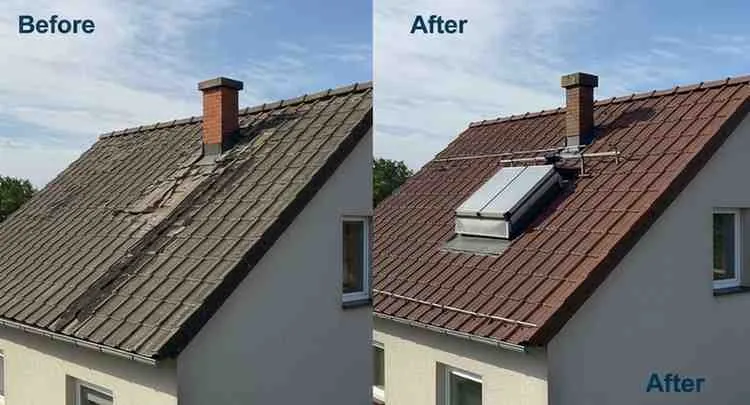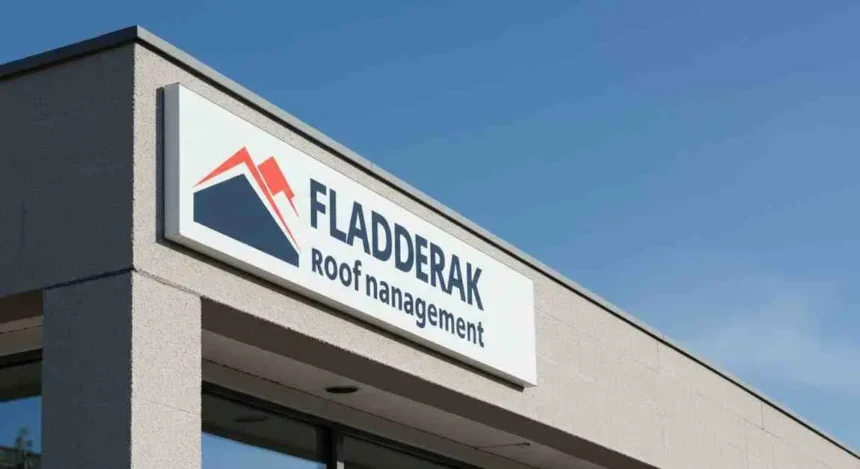Welcome to our comprehensive guide on modern roof care strategies. Today, we’re diving deep into a proactive approach that many property owners are discovering is the secret to lasting protection. In this guide, we share insights, statistics, and practical tips for keeping your roof in top shape. Let’s explore how strategic planning and smart technology can transform your roof care routine.
Introduction to Roof Care Strategies
Roof care is more than just a repair job. It’s a smart investment in your home or business. Regular upkeep can save you time, money, and stress. I remember when I first learned that a little preventive work could prevent huge repair bills. It’s like going to the gym—a bit of effort now means a healthier roof later.
One strategy is to implement a structured, proactive maintenance plan. For instance, studies have shown that buildings with scheduled inspections reduce emergency repairs by up to 40%.* Keeping track of minor issues before they escalate is essential to preserving your roof’s lifespan.
Did you know?
A recent survey found that proactive roof maintenance can extend roof life by 25–30% while cutting repair costs by nearly 50%.
Benefits of Proactive Roof Maintenance
Taking care of your roof proactively brings many rewards. Here are some of the main benefits:
-
Cost Savings: Regular checks and repairs stop small problems from becoming expensive emergencies.
-
Enhanced Safety: A well-maintained roof prevents leaks, mold, and structural issues.
-
Energy Efficiency: Clean and intact roofing helps your home stay insulated, reducing heating and cooling costs.
-
Increased Property Value: A durable, attractive roof boosts your property’s market appeal.
When you adopt a consistent maintenance plan, you’re not only protecting your roof but also securing your investment for the long term.

Core Components of Effective Maintenance
A solid roof care program includes several key elements. Let’s break down these components into clear, actionable steps:
Core Components of Preventive Roof Care
-
Routine Inspections:
Schedule thorough checks every six months. Look for signs of wear, such as cracked shingles or water stains. -
Advanced Technology Integration:
Tools like drones and thermal imaging cameras can detect hidden moisture and damage that the naked eye might miss. -
Data-Driven Planning:
Track repair history and weather patterns to predict future maintenance needs. -
Customized Maintenance Plans:
Create schedules tailored to your roof type and local climate conditions.
One example of effective fladderak roof management is a program that combines these elements to deliver long-term savings and improved performance.
Understanding the Role of Technology
Technology is changing how we maintain our roofs. Digital tools and smart sensors are making inspections faster and more accurate.
Key Benefits of Data-Driven Decisions
-
Real-Time Monitoring:
Smart sensors alert you immediately if issues like moisture build-up occur. -
Predictive Analytics:
Artificial intelligence can forecast potential failures before they happen. -
Cloud-Based Reporting:
Easily access inspection reports and maintenance records from any device.
These innovations mean that you can schedule repairs before a minor problem turns into a major headache. It’s like having a fitness tracker for your roof!
Effective Maintenance Planning and Scheduling
A proactive plan is the cornerstone of smart roof care. Here’s how to build one that works:
Tips for Preventive Roof Care
-
Regular Check-Ups:
Mark your calendar for inspections at least twice a year. -
Gutter Cleaning:
Keep gutters free of debris to ensure proper drainage. -
Minor Repairs:
Fix loose or damaged shingles immediately. -
Seasonal Preparations:
Prepare for extreme weather by reinforcing vulnerable areas.
Creating a schedule can be as simple as setting reminders on your phone. Small, consistent actions add up to big benefits over time.

Real Client Success and Performance Statistics
Let’s take a look at some real-world data that highlights the impact of proactive roof care:
| Metric | Without Preventive Maintenance | With Preventive Maintenance |
|---|---|---|
| Emergency Repair Frequency | 1.2 per year | 0.5 per year |
| Average Repair Cost per Incident | $2,500 | $1,200 |
| Roof Lifespan Increase | Baseline | +25–30% |
These statistics show that when maintenance is prioritized, you can see dramatic improvements in performance and cost savings. In fact, properties with scheduled inspections see emergency repairs drop by up to 40%, which means more money in your pocket and less stress on rainy days.
Research from industry leaders has consistently shown these results across various property types.
Client Experiences and Industry Insights
I once spoke with a homeowner who was surprised at how a simple inspection revealed early signs of wear. By acting fast, they avoided a leak that could have cost thousands. Many clients share similar success stories:
-
Homeowners: Enjoy fewer disruptions and lower energy bills.
-
Business Owners: Appreciate reduced maintenance costs and extended roof life.
-
Property Managers: Benefit from streamlined processes and clear documentation.
These real-life examples underscore that a structured approach to roof care works for everyone.
Statistics indicate that properties employing proactive roof maintenance in Rochester, NY can extend roof life by up to 30% while reducing repair costs by nearly 50%.

Conclusion and Final Thoughts Overview
Investing in a proactive maintenance plan is a smart move for anyone serious about protecting their home or business. By combining routine inspections, advanced technology, and data-driven planning, you set the stage for long-term savings and enhanced safety. Our discussion shows that when you follow a systematic strategy, the benefits are clear—lower repair costs, increased efficiency, and a more durable roof.
Adopting a comprehensive roof care program not only saves money but also brings peace of mind. Whether you’re a homeowner or a facility manager, you owe it to yourself to plan ahead. Overall, fladderak roof management ensures your roof stays in peak condition for years to come. What proactive steps will you take to secure your roof’s future?



